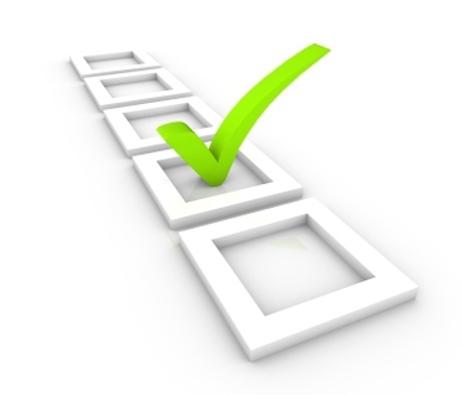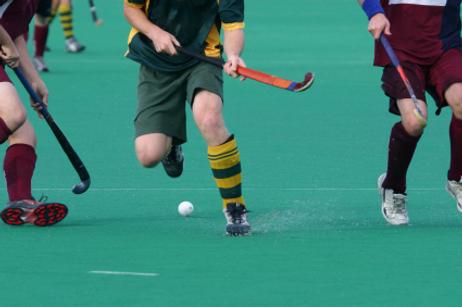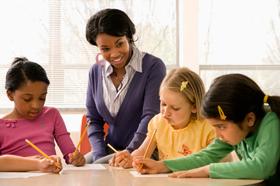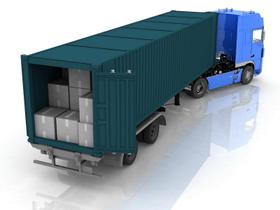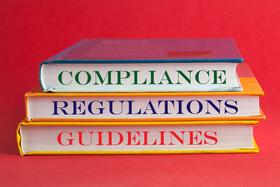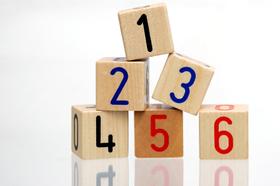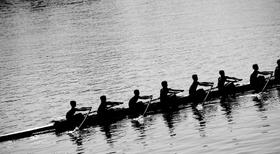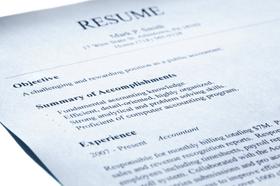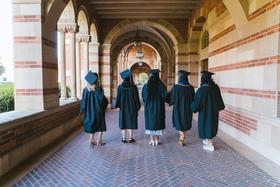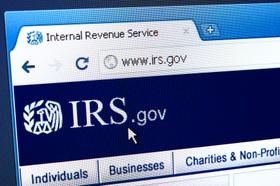Use this checklist to keep track of your questions and answers to those questions as you visit each school on your short list. There is a lot of information to assimilate as you make those important visits. It will be easy to forget details unless you note them promptly.
| School Demographics | School #1 | School #2 | School #3 |
| Day or boarding | |||
| Coed or single sex | |||
| Number of students | |||
| Number of boarders | |||
| Number of day students | |||
| How diverse is the student body? | |||
| Number of faculty | |||
| Student-to-faculty ratio | |||
| Administration and Faculty | |||
| How long has the headmaster/principal been in office? | |||
| How large is the endowment? | |||
| The financial condition of school (Excellent to marginal) | |||
| Number of faculty with advanced degrees | |||
| Staff turnover (If turnover, why?) | |||
| Curriculum and Instruction | |||
| IB offered? | |||
| Number of AP courses | |||
| Teaching methods (Harkness, classical, etc.) | |||
| Is technology integrated into teaching? | |||
| Religious Emphasis | |||
| Which denomination or faith? | |||
| Intensity of observances (relaxed to mandatory) | |||
| Campus and Facilities | |||
| General Appearance | |||
| Athletics facilities | |||
| Sports programs | |||
| Arts facilities | |||
| Arts programs | |||
| Security and safety | |||
| Location | |||
| Urban? Rural? |

